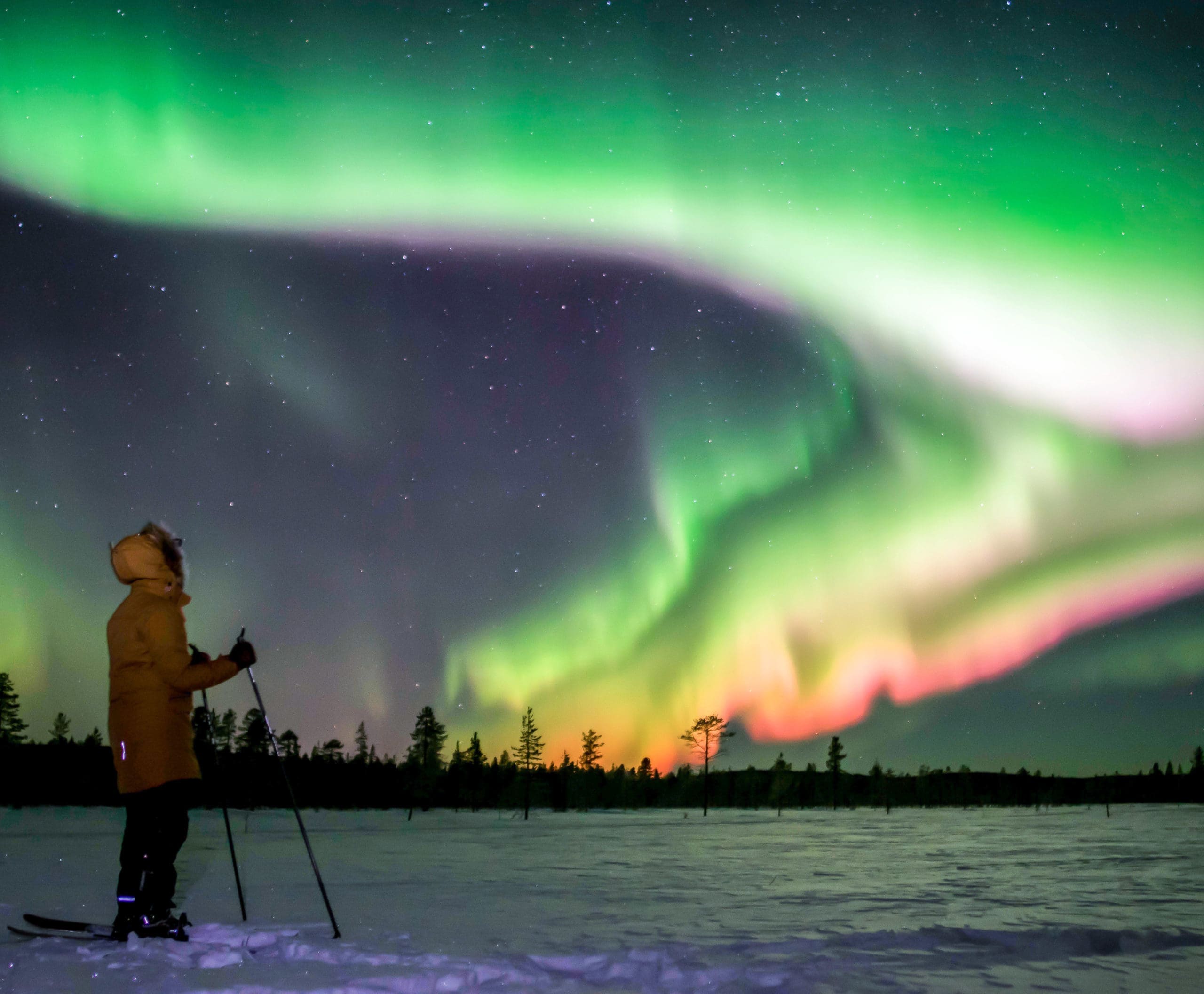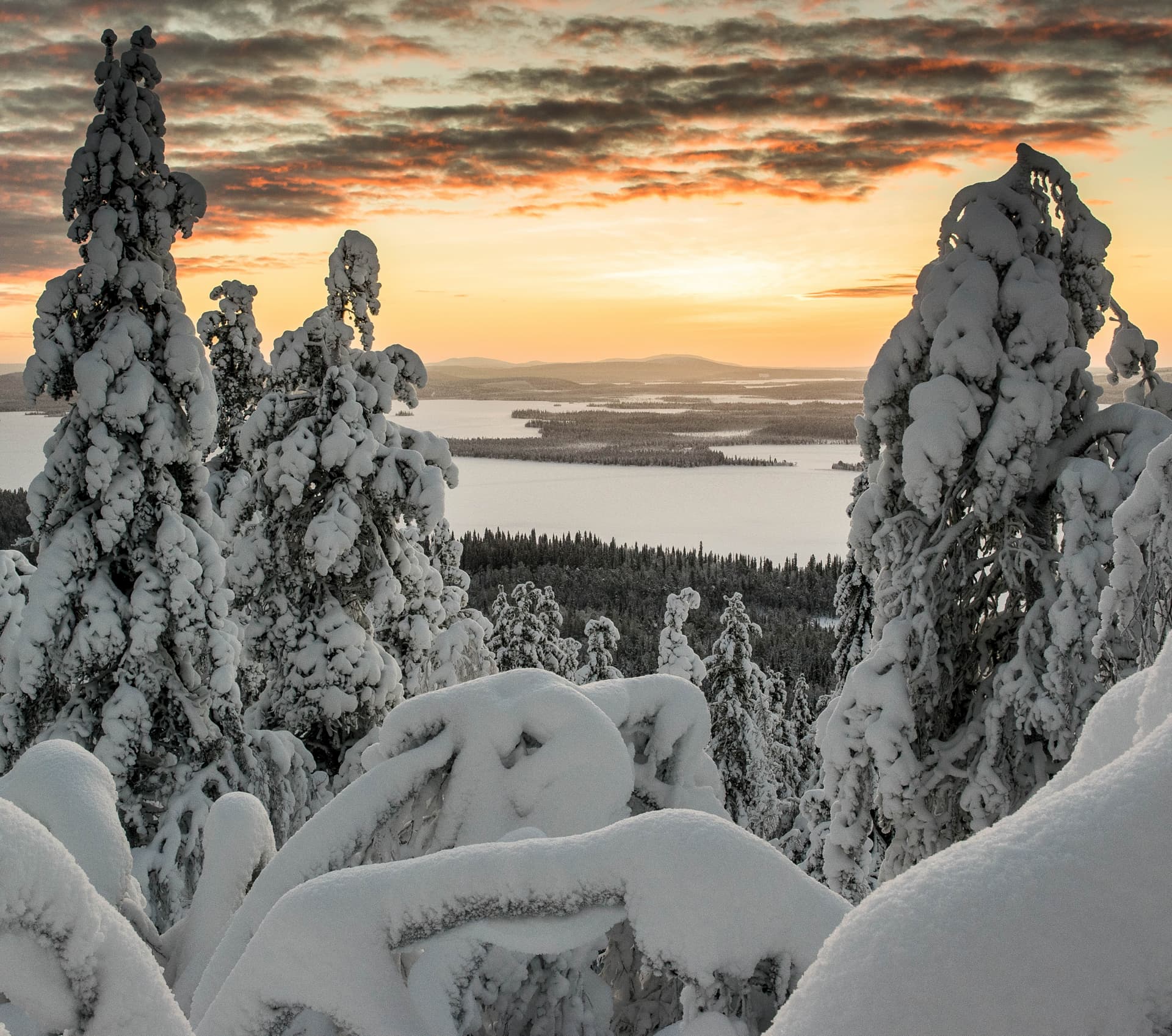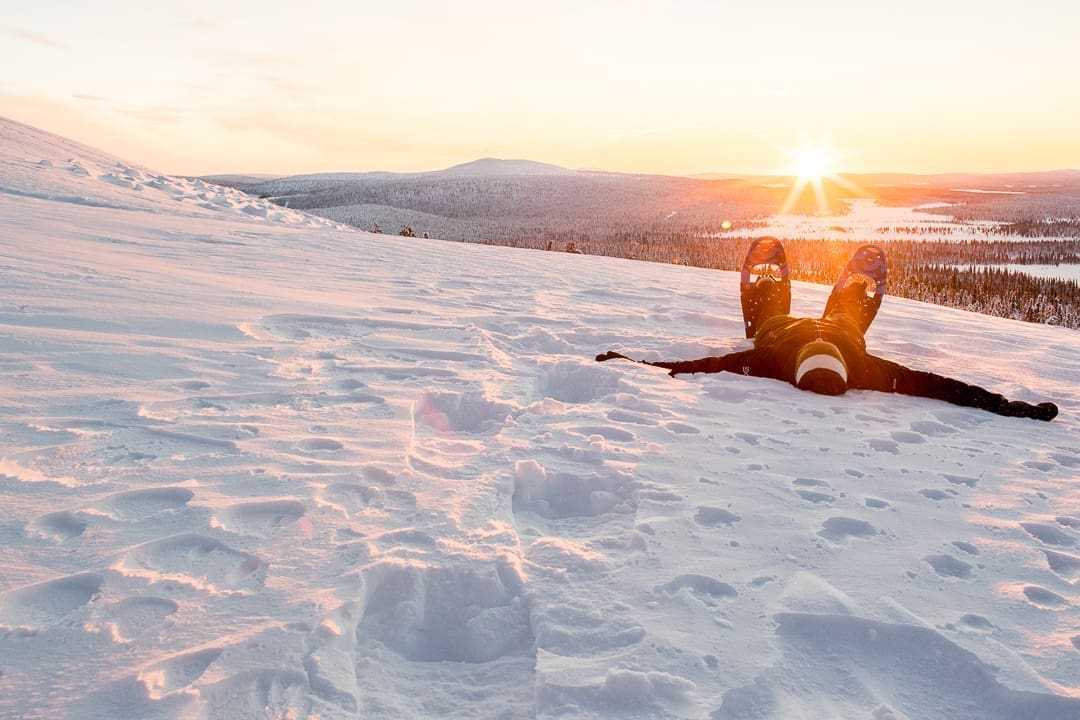Choisir le bon équipement
Before you head out onto the ice, it’s crucial to have the right gear. The essentials include an ice auger, a sled, an ice scoop, and a five-gallon bucket. An ice auger is used to drill holes in the ice, and you can choose between manual, electric, or gas-powered options. Manual augers are more affordable but require more physical effort, while electric and gas-powered augers are easier to use but come at a higher cost.
A sled is essential for transporting your gear across the ice. It should be sturdy and spacious enough to carry all your equipment. An ice scoop is used to remove ice shavings from the hole, ensuring it remains clear. Lastly, a five-gallon bucket serves multiple purposes, from carrying gear to providing a seat while you fish.
Comprendre la sécurité sur la glace
Safety should always be your top priority when ice fishing. The thickness and quality of the ice can vary, so it’s essential to check the ice conditions before venturing out. Generally, ice should be at least 5 cm thick to support a person. However, ice thickness can be deceptive, especially in spring when the sun weakens it.
Always carry ice picks, which are the cheapest life assurance for anyone moving about on ice. These can help you pull yourself out if you fall through. Additionally, avoid fishing alone and inform someone about your plans and expected return time. This way, help can be summoned quickly in case of an emergency.
Drilling the Perfect Ice Hole
Drilling a hole in the ice is a fundamental skill in ice fishing. The size of your ice hole depends on the species you aim to catch. Common sizes include 6 inches for panfish and yellow perch, 8 inches for northern pike, walleye, lake trout, and bass, and 10 inches for muskie. Ensure your auger matches the size of the hole you need.
When drilling, make sure to space your holes at least 5-6 feet apart if you have multiple rods or are fishing near another angler. This prevents your lines from tangling. If you’re using an underwater camera, keep the camera hole at least 2 feet away from your fishing hole to avoid tangling the camera cable with your fishing line.
Targeting Specific Fish Species
Different fish species require different techniques and baits. For panfish like bluegill and crappie, use ultra-lightweight lures such as micro jigs baited with waxworms or mealworms. These fish are often found suspended in mid-water, so using a flasher to identify the correct depth can be very helpful.
For trout, which include rainbow, brown, brook, and cutthroat trout, set up several deadsticks suspended in midwater. Use a small flutter spoon on your active rod to attract roaming trout. Trout often patrol for small fish and crustaceans, so presenting your lure higher in the water column can increase your chances of a bite.
Weather and Fish Behavior
Weather conditions significantly impact fish behavior. On bright sunny days, fish like walleye are less likely to bite before sunset. Overcast days, however, can provide better fishing opportunities throughout the day. The best conditions often occur just before a snowstorm when the barometric pressure drops rapidly.
Understanding these patterns can help you plan your fishing trips more effectively. Keep an eye on the weather forecast and try to time your fishing sessions to coincide with favorable conditions. This can make a significant difference in your success rate.
Using Natural Baits
Natural baits are highly effective for ice fishing. Minnows are among the most popular, especially for targeting walleye and perch. They can be used live, dead, or even just as a part of a minnow. Mealworms and wax worms are excellent for trout and panfish, while nightcrawlers are a secret weapon for trout ice fishing.
Salmon eggs are another classic bait, particularly effective for all types of trout. When choosing bait, try to use species that exist naturally in the lake where you are fishing. This increases the likelihood of attracting your target fish.
En suivant ces conseils, vous pouvez augmenter vos chances d’attraper plus de poissons et vivre une expérience de pêche sur glace plus agréable. N'oubliez pas que la clé du succès est la préparation, la patience et la volonté de s'adapter aux conditions changeantes.
Si vous souhaitez découvrir la magie de la pêche sur glace dans les magnifiques paysages de Laponie, pensez à réserver une excursion avec Wildmaker Lapland. Nous proposons des sorties de pêche sur glace de luxe dans le cadre de nos expériences guidées, fournissant tout l'équipement et l'expertise nécessaires pour garantir une aventure mémorable. Que vous soyez un pêcheur chevronné ou débutant, nos circuits sont conçus pour répondre à tous les niveaux de compétence. Rejoignez-nous et découvrez les sensations de la pêche blanche dans l'une des plus belles régions du monde.



